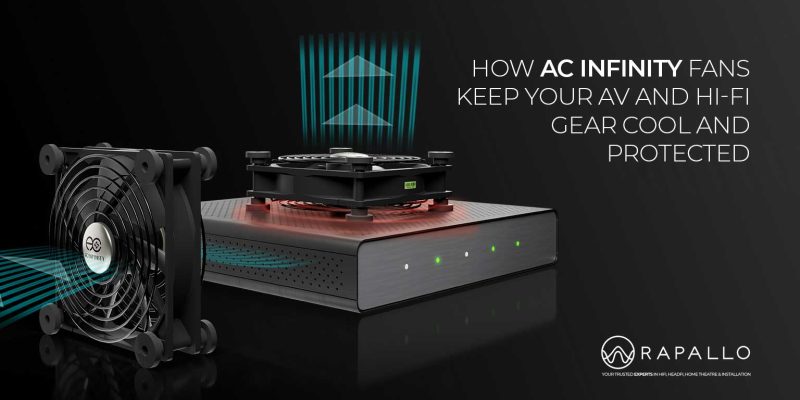
HDMI Audio Return Channel (ARC)
Estimated reading time: 3 minutes
What is the HDMI Audio Return Channel (ARC). It is the Audio return channel, or ARC. This is a technology which allows sound to travel back to your ARC enabled AV receiver or sound bar, from your television.
How does it work?
ARC works by utilising two pins of an HDMI cable to send audio towards an HDMI output on version 1.4 HDMI cable (an unused pin and the hot plug detect pin).
These two pins are dedicated to ARC, so that the HDMI port receiving the ARC signal can process these as an input, even though the HDMI port itself is an output (e.g. the AV Receiver Output).
ARC uses the existing HDMI cable “backwards” or “upstream” by sending audio from the tv back down-the-line to the AV receiver. The diagram below outlines this more clearly:
Why would I need ARC?
Quite simply, it cuts out the need for using unnecessary cabling.
Your AV receiver will be connected to your TV via HDMI, sending video signals there from all your sources such as a blu-ray player, media PC, PlayStation and so on.
But what about when you are watching broadcasts which are using the TV’s in built tuner? Or using your smart TV’s inbuilt YouTube App?
How does your AV Receiver have the audio then?
With ARC the solution is simple – rather than running a separate audio cable from the TV to the AV receiver, ARC uses the existing HDMI cable.
Okay, so I’ve set-up my HDMI ARC, how come there is no sound?
There are multiple reasons why people may encounter difficulties with ARC, here are some helpful hints to help you get started:
- Check the correct ports are being used – while HDMI licensing suggests to manufacturer’s to label ports assigned to ARC clearly, this is not always the case, make sure the correct HDMI port on the TV is being used either by checking the label, or by reading the manual.
- Check the HDMI Cable – Not all HDMI cables are able to run ARC, check to make sure the cable is a version 1.4, any cable available on the market today should be at least 1.4, but if in doubt ask.
- Check your settings – In some cases both the TV and the AV receiver will require settings to be changed in order to enable ARC. This is straight-forward in all cases and clearly outlined in the products manuals, only takes a few moments.
- Still having issues? While not common we have had feedback from customers around ARC in terms of powering on devices in specific orders causing ARC to fail, or even after a large power outage, the ARC not returning. This is easily remedied, power on all your devices, double check your settings have not been lost and if so return the ARC settings to normal, then try either powering on the TV first, or AV receiver first, to see if the ARC connection can be established again.
Finishing off – HDMI Audio Return Channel (ARC)
While HDMI Licensing does give strict guidelines to how ARC is to be implemented in manufacturer’s devices, it does end up finally in the interpretation of each company how this will happen and from first hand experience we can say some TV, AV Receivers and soundbars play “nicer” together than others due to how these guidelines have been interpreted.
Still note sure, then contact us for help and assistance with your products.





